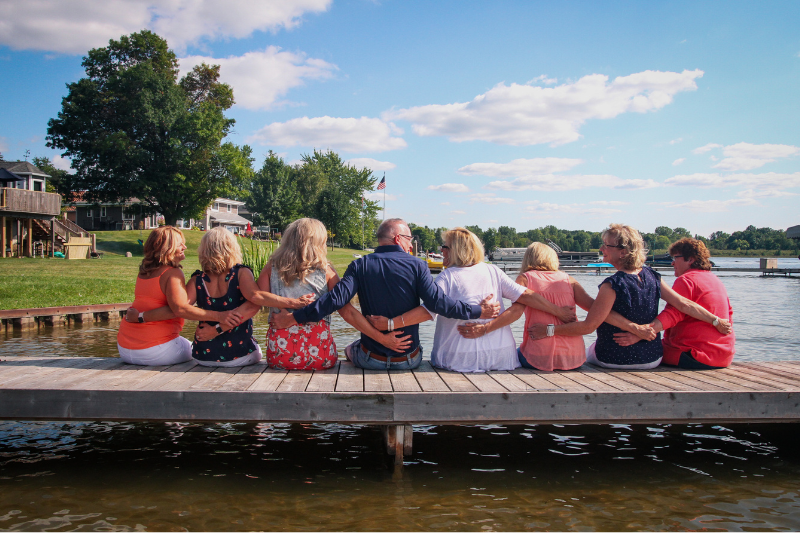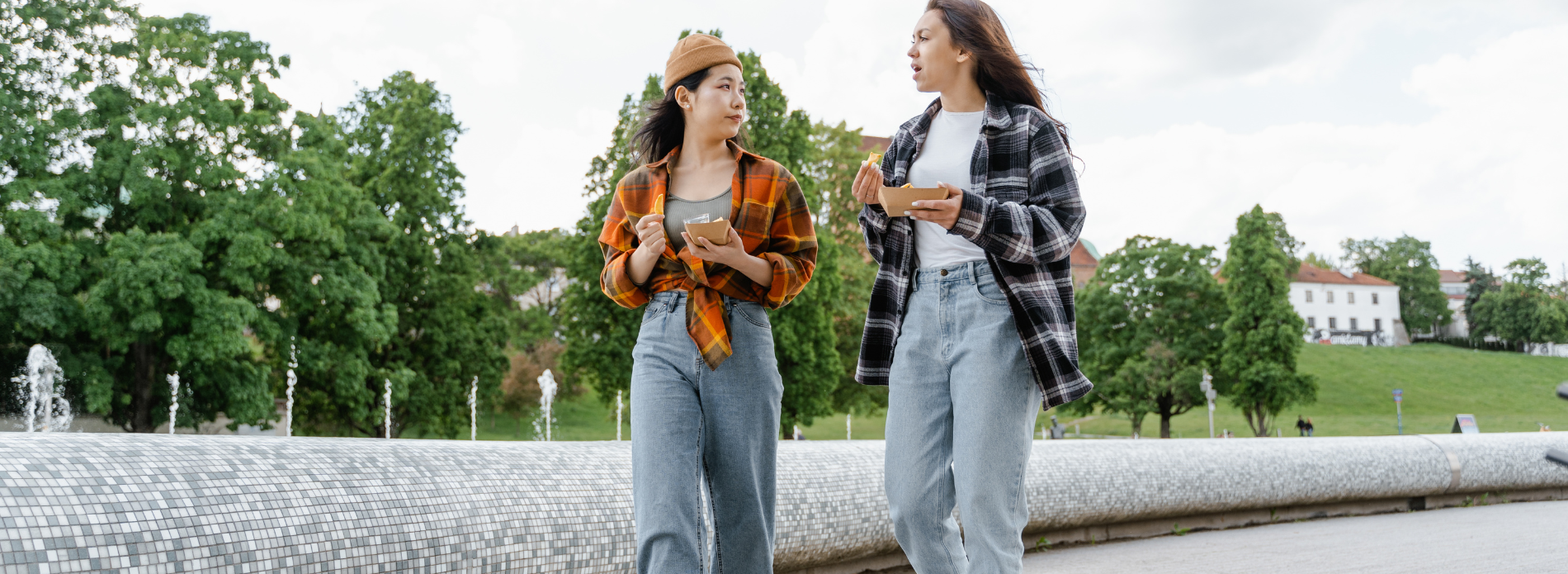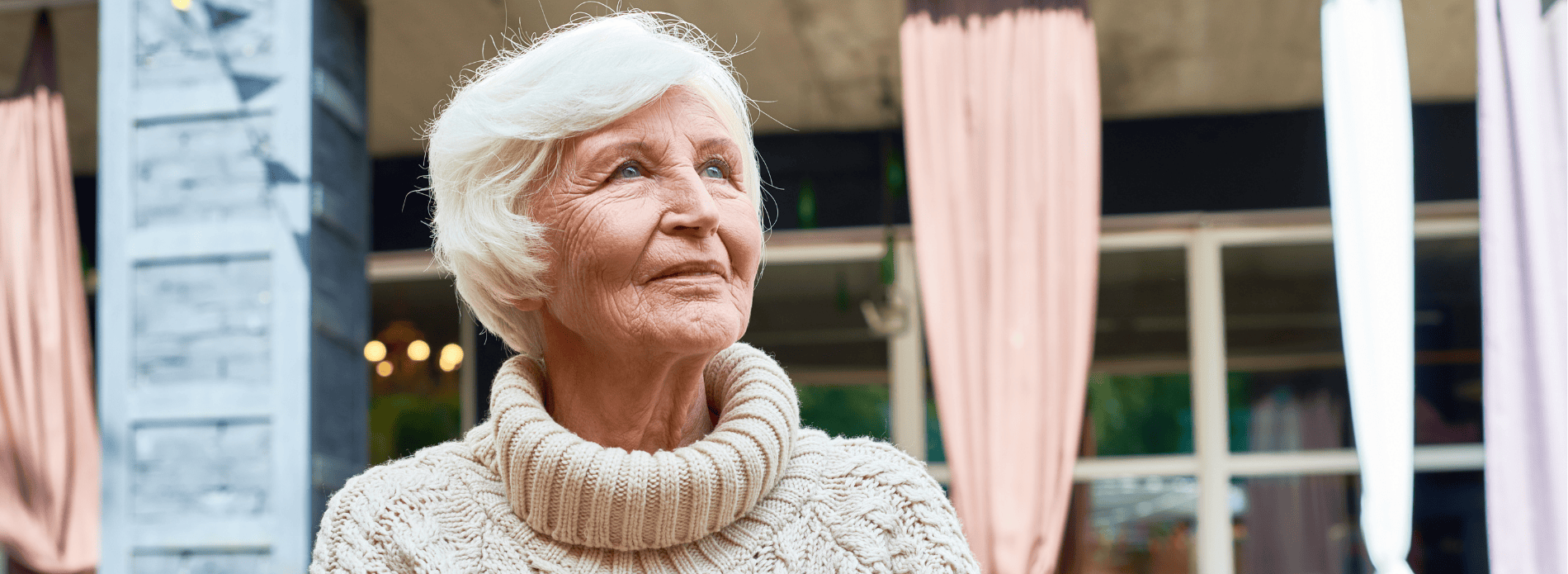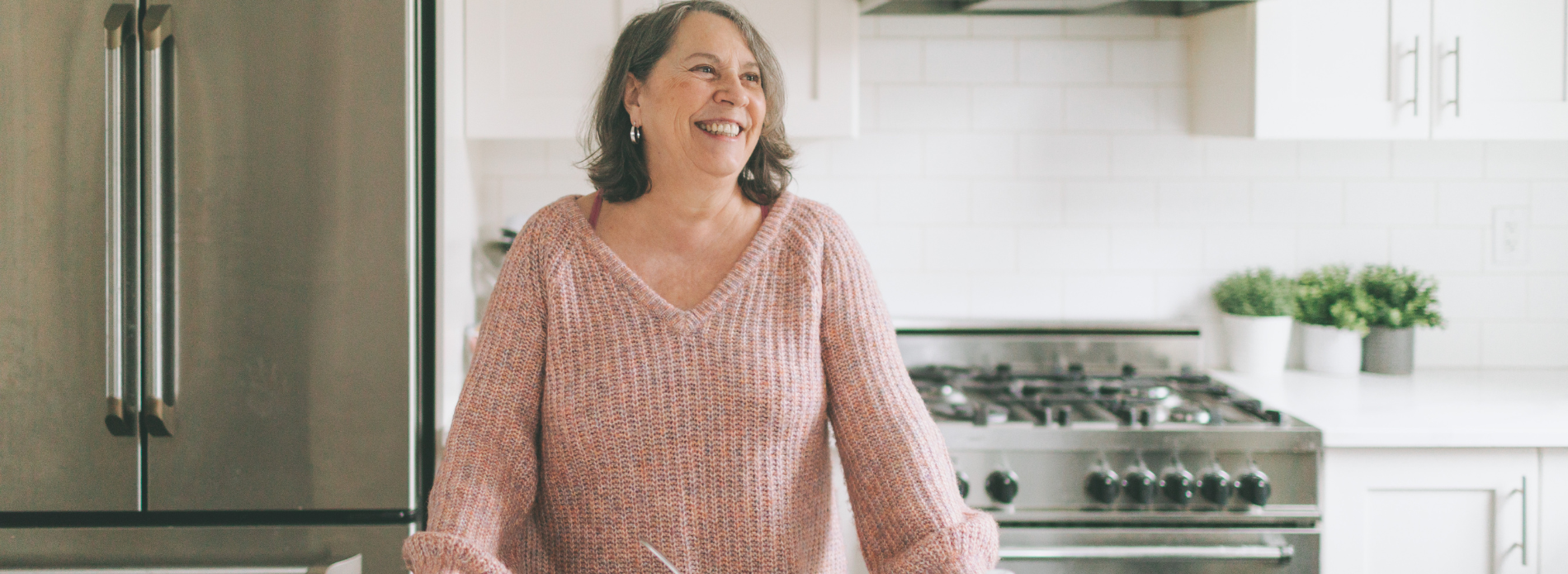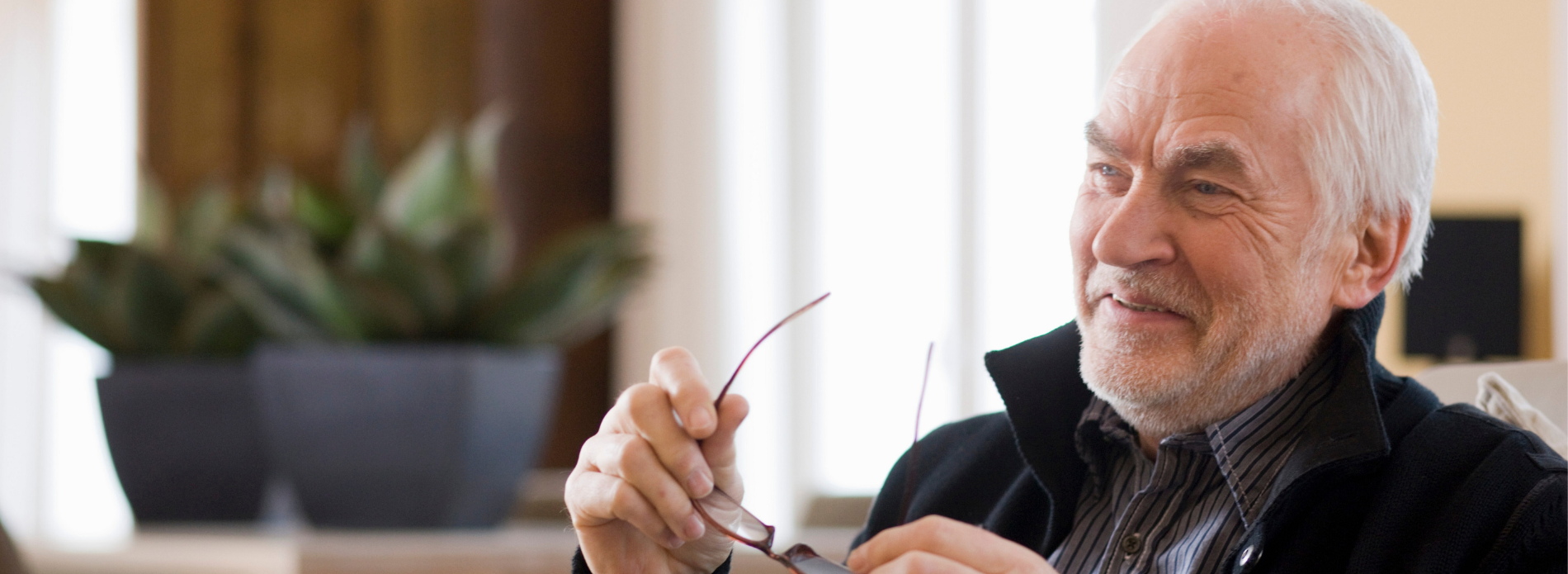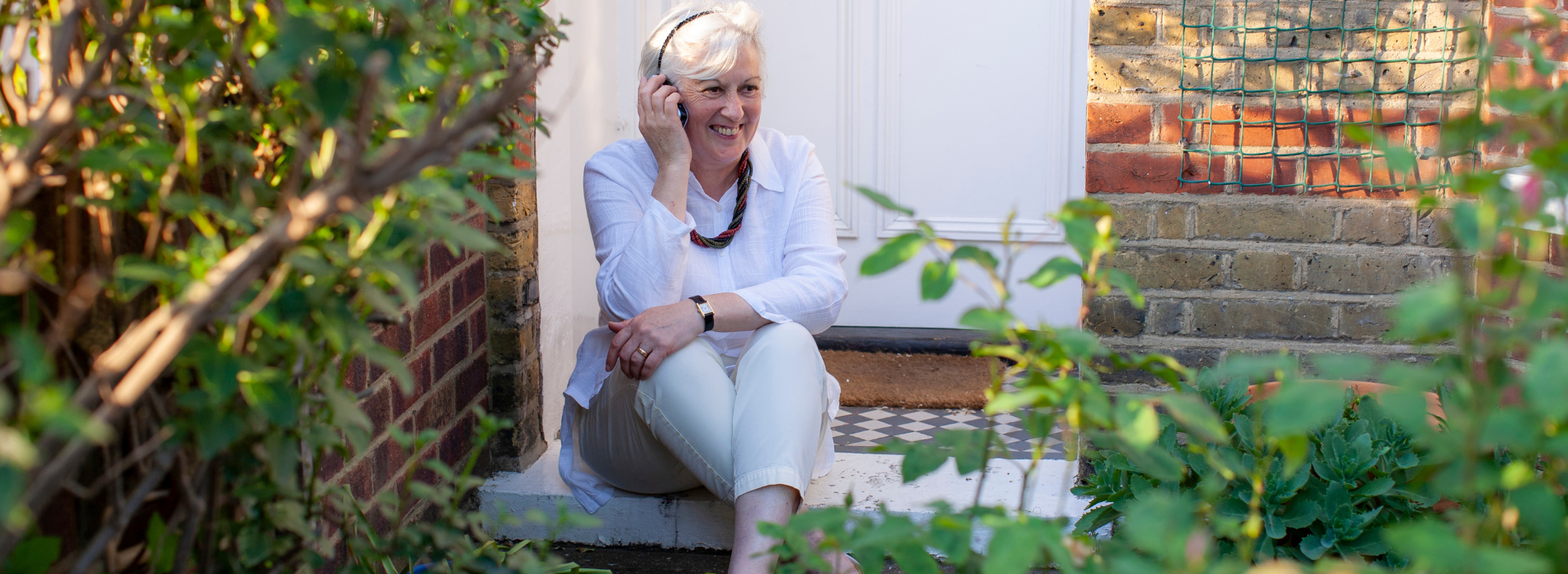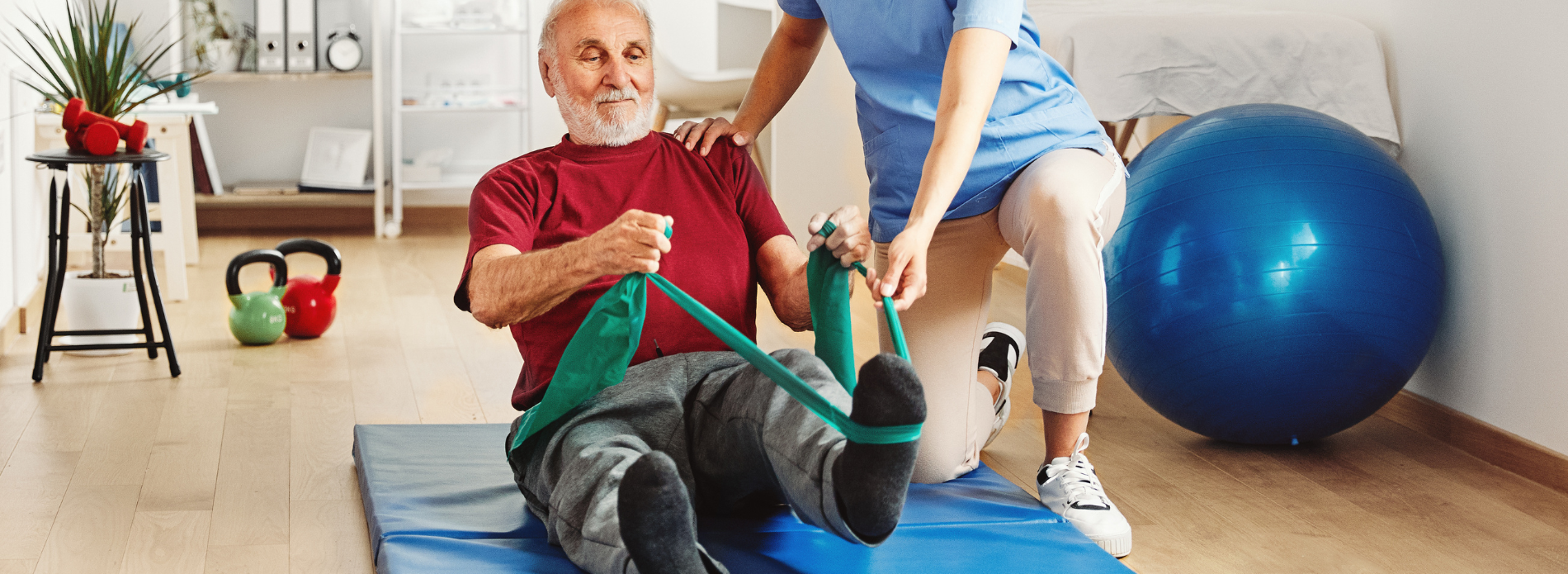Early adulthood is the perfect time to establish lifestyle habits that can have a big impact on how you look and feel in the future.
It’s natural for your career, relationships and social life to take centre stage during your 20s and 30s, but don’t overlook your health. Even if it’s small, sustainable changes to your routine – they can really make a difference to future you.
So, what sort of things can you do to impact your health now, and later in life?
Regular physical activity
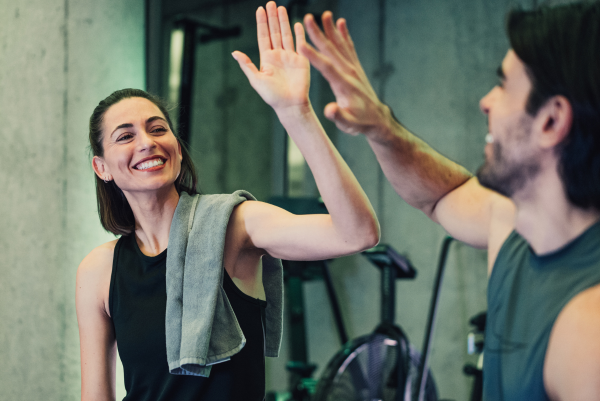
It’s an obvious one, but so important.
You should be doing some type of physical activity every day. Those who exercise just once or twice a week can reduce their risk of heart disease or stroke1.
Aim for at least 150 minutes of moderate-intensity aerobic exercise or 75 minutes of vigorous aerobic activity weekly. Or you can do a combination of both, ideally spread throughout your week. Incorporate strength training that works your major muscle groups (legs, hips, back, abdomen, chest, shoulders and arms) at least two days a week. No specific time is recommended, but a typical training session could take less than 20 minutes2.
Flexibility exercises are also important in helping improve the ability of your joints to maintain the movement necessary to carry out everyday tasks later in life.
These regular physical activities can help you:
Maintain muscle mass
The less muscle you have, the more weakness and less mobility – both of which can increase your risk of falls and fractures. Reduced muscle mass and function as we age is also linked to osteoporosis and weaker bones, as well as type 2 diabetes. It can also make it harder to maintain a healthy weight3.
Resistance training, an active lifestyle and diet are effective ways to support long-term health, mobility and independence as we age. Even small, consistent changes can help slow muscle loss and reduce the risk of chronic illness3.
After 30, you begin to lose as much as 3-5% muscle mass per decade (age-related muscle loss is known as ‘sarcopenia’), with this rate increasing in women during the menopause due to changes in the gonadal hormones4. While men will lose about 30% of their muscle mass during their lifetime5.
Exercises that improve leg strength, balance and co-ordination can help maintain and improve your muscle strength and avoid falls as you get older, such as:
- yoga
- tai chi
- dance
- walking up stairs
- hiking
- lifting weights.
For an activity to be muscle strengthening, it needs to work your muscles to the point where you may need a short rest before continuing e.g. if you're lifting weights, you'd have to put the weight down after doing a number of lifts before carrying on2.
Take a look around our exercise and fitness hub for strength exercise inspiration and more.
Boost metabolism
Increased muscle mass generally leads to a higher resting metabolic rate (RMR), aiding in weight management over the long term6.
Enhance flexibility and mobility
Flexibility exercises improve joint range of motion, which can prevent injuries and mobility issues in older age. Dynamic stretching (moving parts of your body through a full range of motion), static stretching (holding stretches to improve flexibility), yoga, Pilates, tai chi and foam rolling can all help.
Support bone health
There’s a lot we can do to help build strong bones and prevent osteoporosis, including paying attention to diet, exercise, and our lifestyle choices. The earlier we start, the better.
Read more > Osteoporosis and bone health
Reduce your risk of chronic disease
Regular strength training improves muscle strength, insulin sensitivity, and cardiovascular health by enhancing circulation and reducing blood pressure. In fact, the British Journal of Sports Medicine found that strength training is linked to lower risk for developing cardiovascular disease, diabetes, and cancer – and a 10% to 17% lower overall risk of early death7.
Flexibility exercises help maintain joint mobility and reduce stiffness, which can alleviate chronic illnesses such as arthritis and chronic back pain.
Improve your mental health
Exercise releases endorphins, reduces stress, and enhances overall mental wellbeing.
Read more > The link between exercise and mental wellbeing
Establish healthy habits
Developing these routines early creates a foundation for ongoing physical activity, contributing to a healthier lifestyle in later years.
Read more > How to form healthy habits
Eat a balanced diet
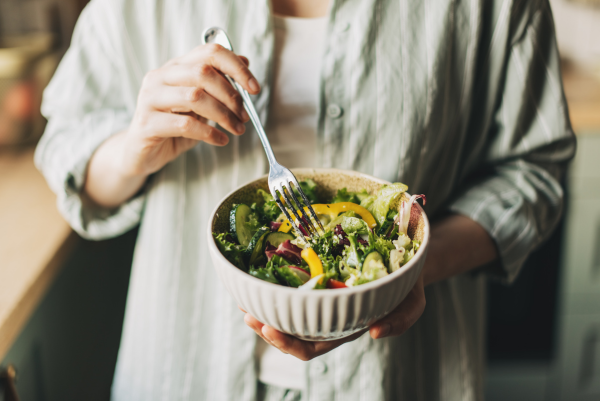
Again, an obvious one but crucial for healthy ageing.
Keep your diet balanced by tucking into a variety of foods including vegetables, fruit, lean proteins, whole grains and healthy fats. This will provide essential nutrients for energy, growth and health.
As well as eating a balanced diet, limit processed foods, sugar and excessive salt. This will promote overall wellbeing to support your immune function and help to prevent chronic diseases.
Need some healthy recipe inspiration? Take a look at our recipe hub.
Avoid smoking and limit alcohol
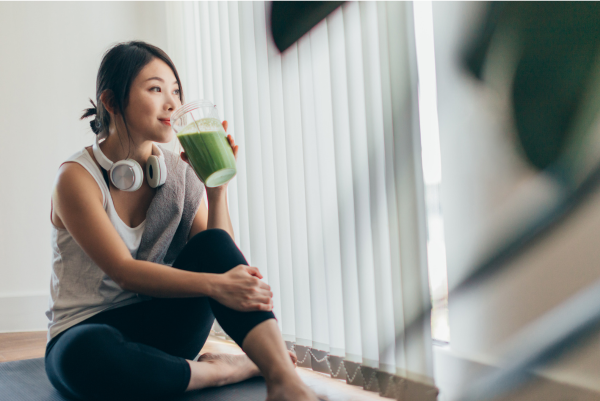
Smoking increases the risk of lung diseases, heart disease, stroke, and various cancers. It can also cause respiratory problems and reduce overall lung function.
Excessive alcohol consumption can lead to liver damage, cardiovascular issues, addiction, and increase the risk of certain cancers.
Both habits weaken your immune system and can negatively impact your mental health. Over time, these behaviours may contribute to chronic illnesses, decrease life expectancy, and reduce your quality of life.
Quitting smoking and limiting alcohol intake are important steps to protect your long-term health and wellbeing.
The NHS provides local stop smoking services, which are staffed by expert advisers and provide a range of proven methods to help you quit. Your GP, pharmacist or health visitor can refer you, or you can phone your local stop smoking service to make an appointment with an adviser.
You can find your nearest stop smoking services online, or you can call the free Smokefree National Helpline on 0300 123 1044.
If you feel you’re struggling with alcohol addiction, a good place to start is with your GP. Try to be accurate and honest about how much you drink and any problems it may be causing you. They may suggest different types of assessment and support options available to you, such as local community alcohol services. You can also ask about any free local support groups and other alcohol counselling that may suit you.
Find alcohol addiction support services in your area
If you've become physically dependent and need to stop drinking completely, stopping overnight could be harmful8. Speak to your GP beforehand to ensure you have the right information and support in place.
Reduce stress

Stress can affect you physically, emotionally and mentally.
Being stressed increases the production of stress hormones such as cortisol and adrenaline, which prepare your body for a ‘flight or fight’ response. This is great if you’re running away from a sabre-toothed tiger, but not so good if you’re stressed about a mounting to-do list or finding a parking space.
Chronic stress causes prolonged high levels of cortisol, which can weaken your immune system, increase your blood sugar, and contribute to weight gain. Elevated adrenaline can lead to high blood pressure and heart issues over time, while persistent stress may also cause mental health problems such as anxiety and depression.
It’s important to make room in your routine for things that help you relax – whatever that looks like for you. Practicing mindfulness, meditation, exercise, hobbies, or simply sitting on your sofa and resting.
Read more > How to treat stress
Schedule regular health checkups

Health checks and full medical assessments can help you gain a better understanding of your health and identify any potential risks. They can also highlight any concerns or areas of your health and wellbeing where steps could be taken to prevent any future illnesses.
Read more > What is a health check or medical MOT?
Please note: A health check shouldn’t be a substitute for a visit to your GP. If you have a health concern or symptoms, you should see your doctor.
Make time for friends and family

Healthy relationships and social support contribute to mental and physical wellbeing – now and in the future.
Having close relationships with people can give us a sense of belonging and purpose, while ensuring we have somewhere to turn to for emotional support.
Loneliness and social isolation have been linked to an increased risk of a variety of health conditions and outcomes9, including:
- heart disease and stroke
- type 2 diabetes
- depression and anxiety
- addiction
- suicide and self-harm
- dementia
- earlier death.
Make time to check in with your loved ones and nurture those healthy relationships.
Read more > The importance of social connections
Take breaks

If your job means sitting for prolonged periods, make sure to take regular breaks to reduce eye strain, improve circulation, and prevent musculoskeletal issues like neck and back pain. Encouraging movement will also help maintain mobility and muscle strength over time.
Why not try:
- Stretching: Perform stretches for your neck, shoulders, arms, back, and legs e.g. neck rolls, shoulder shrugs, or hamstring stretches.
- Walking: Take a short walk around your office, workspace, garden, block – whatever works best for you. Even a few minutes of walking can help refresh your muscles and mind. Alternatively, could one of your calls or meetings work as a walk and talk?
- Eye breaks: Follow the 20-20-20 rule. Look away from your screen every 20 minutes at something 20 feet away for at least 20 seconds.
- Desk exercises: Do seated or standing exercises such as leg lifts, seated torso twists, or calf raises.
- Posture adjustment: Change your sitting position regularly or sit on an exercise ball to engage core muscles.
- Light cardio: Do jumping jacks, marching in place, or quick stair climbs to get your heart rate up briefly.
Take preventative measures

We all know prevention is better than cure. As well as physical exercise, balanced diet and stress-reducing activities, make sure to follow safety instructions over your lifetime to prevent issues later.
Think: Sunscreen, sun hats, seat belts, helmets, dust masks – any instance when safety guidelines come into play. You don’t want to risk any injuries or trigger any conditions that could affect your health now, or in the future.
How do you make a healthy habit stick?
Researchers at Massachusetts Institute of Technology found a three-step neurological pattern that forms the core of every habit10– also known as a habit loop:
- The cue: A reminder or trigger that tells your brain to complete this routine behaviour. Examples of this could be a notification, the time or even whether it’s daylight or night-time.
- The routine: The action itself or the behaviour you undertake.
- The reward: If the behaviour then leads to a reward, then this helps our brains determine whether it’s worth remembering this habit loop.
Our habit-making behaviours are traced to the part of our brain called the basal ganglia, which also plays a key role in the development of emotions, memories and pattern recognition. Meanwhile, decisions are made in a different part of our brain – the prefrontal cortex. As soon as a behaviour becomes automatic, the decision-making part of our brain goes into a sleep mode of sorts – making space to devote your mental activity to something else11.
Read more > How to form healthy habits
It’s never too late to improve your health – but the earlier you start, the better.
Don’t forget everybody – and brain – is different. Speak with your GP to ensure new activities, etc. are suitable for your specific needs and health goals.
References
- Physical activity guidelines for adults aged 19 to 64 – NHS
- How to improve your strength and flexibility – NHS
- How important is muscle mass for longevity and overall health? – The Sloane Street Surgery
- Menopause and the loss of skeletal muscle mass in women – National Library of Medicine
- Preserve your muscle mass – Harvard Health Publishing
- The role of muscle mass in metabolic rate – HealthPub
- Muscle-strengthening activities are associated with lower risk and mortality in major non-communicable diseases: a systematic review and meta-analysis of cohort studies – British Journal of Sports Medicine
- Alcohol support – NHS
- Health effects of social isolation and loneliness – CDC
- Changing habits – The Learning Center
- Habits: How they form and how to break them – NPR





